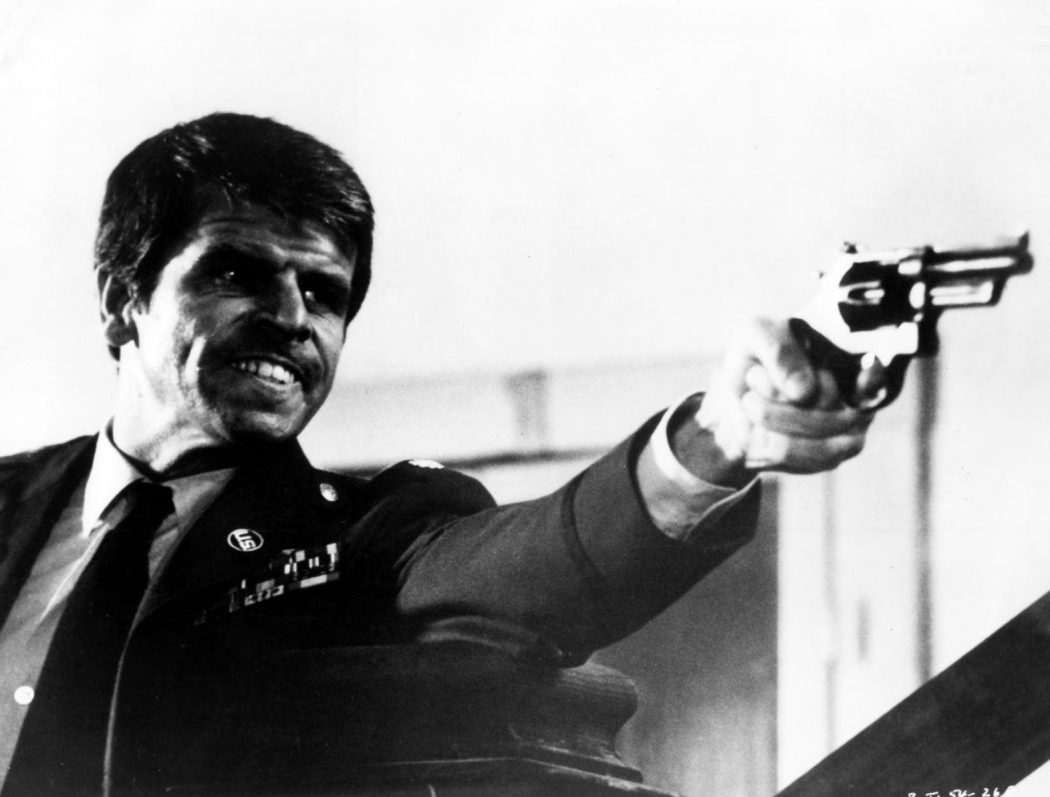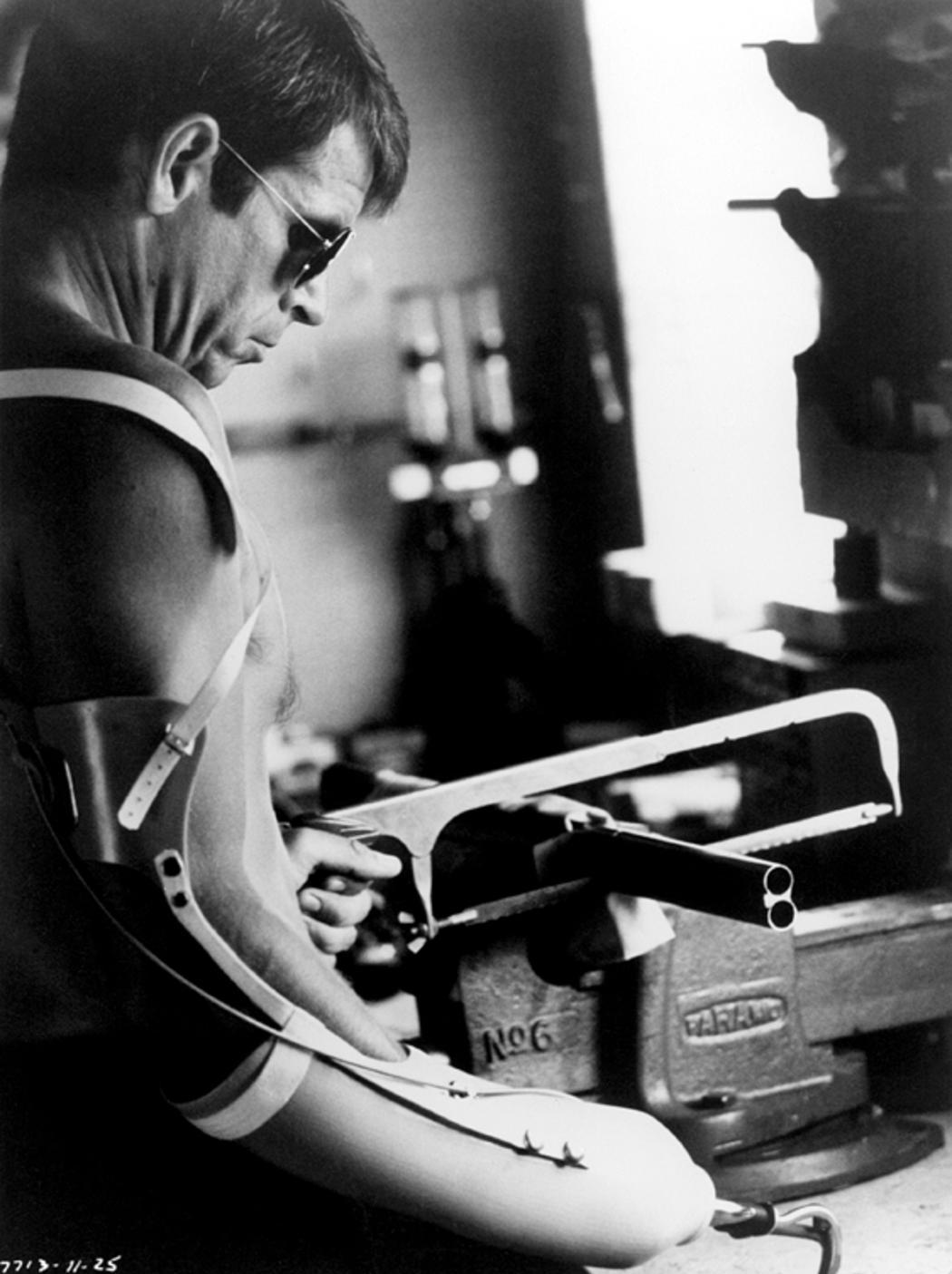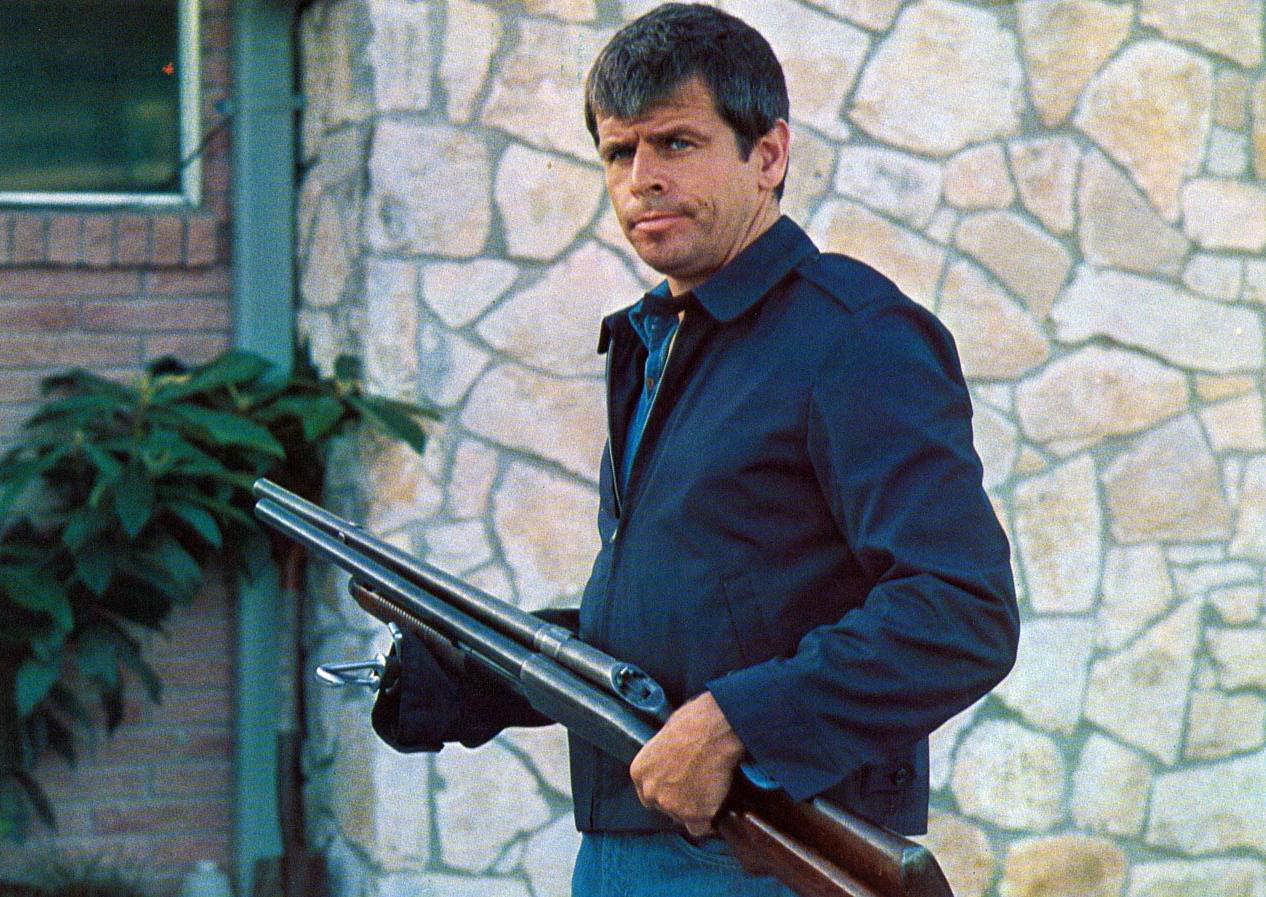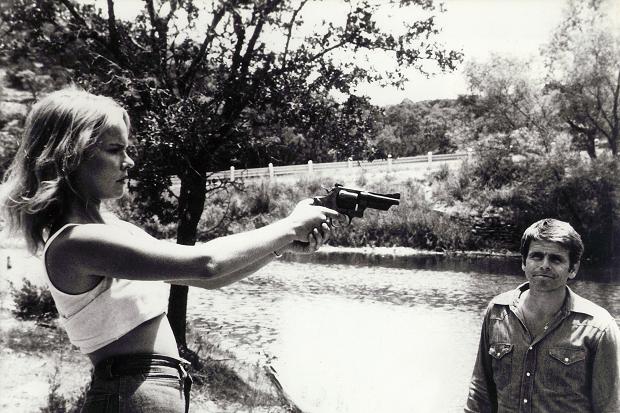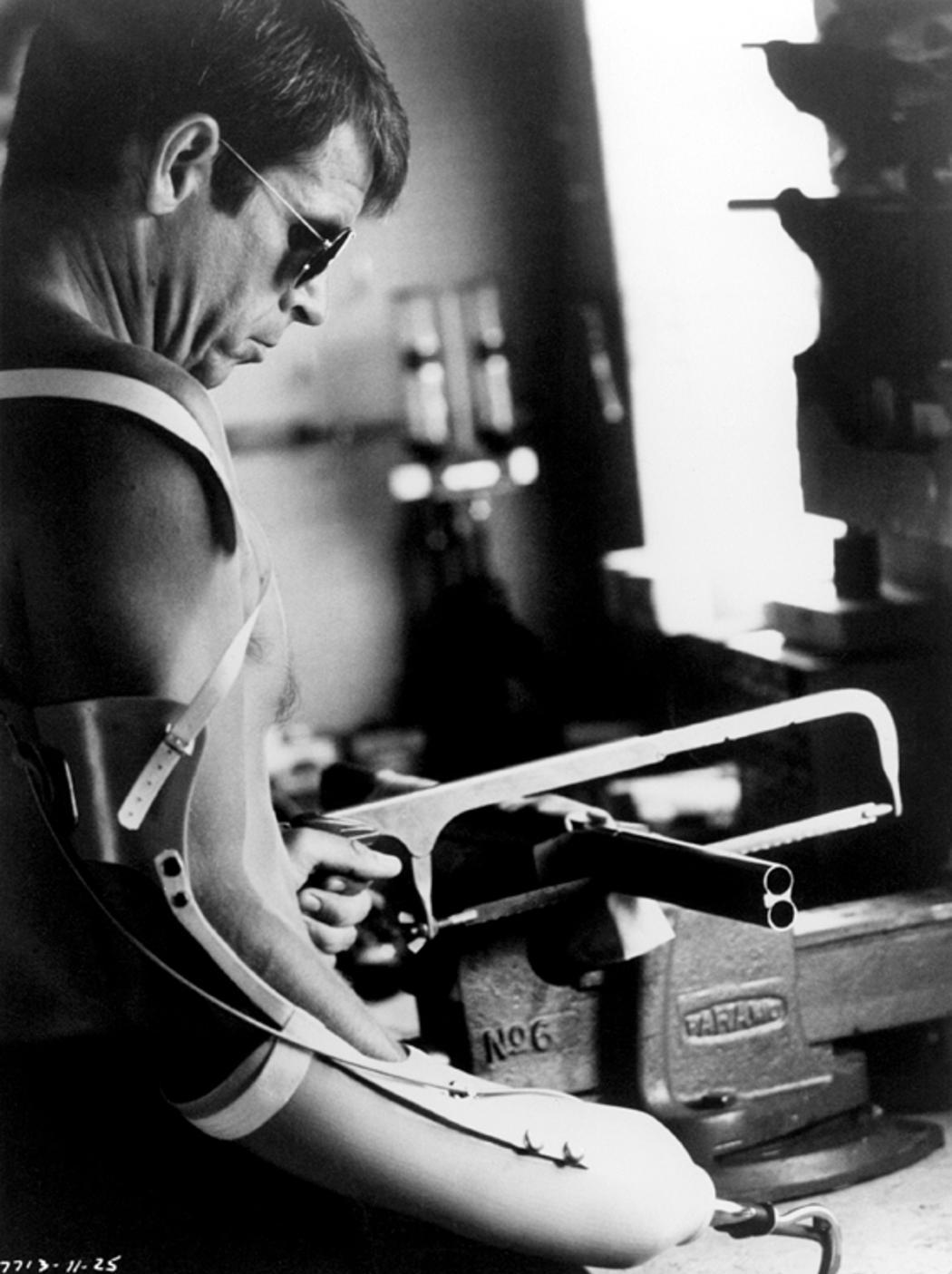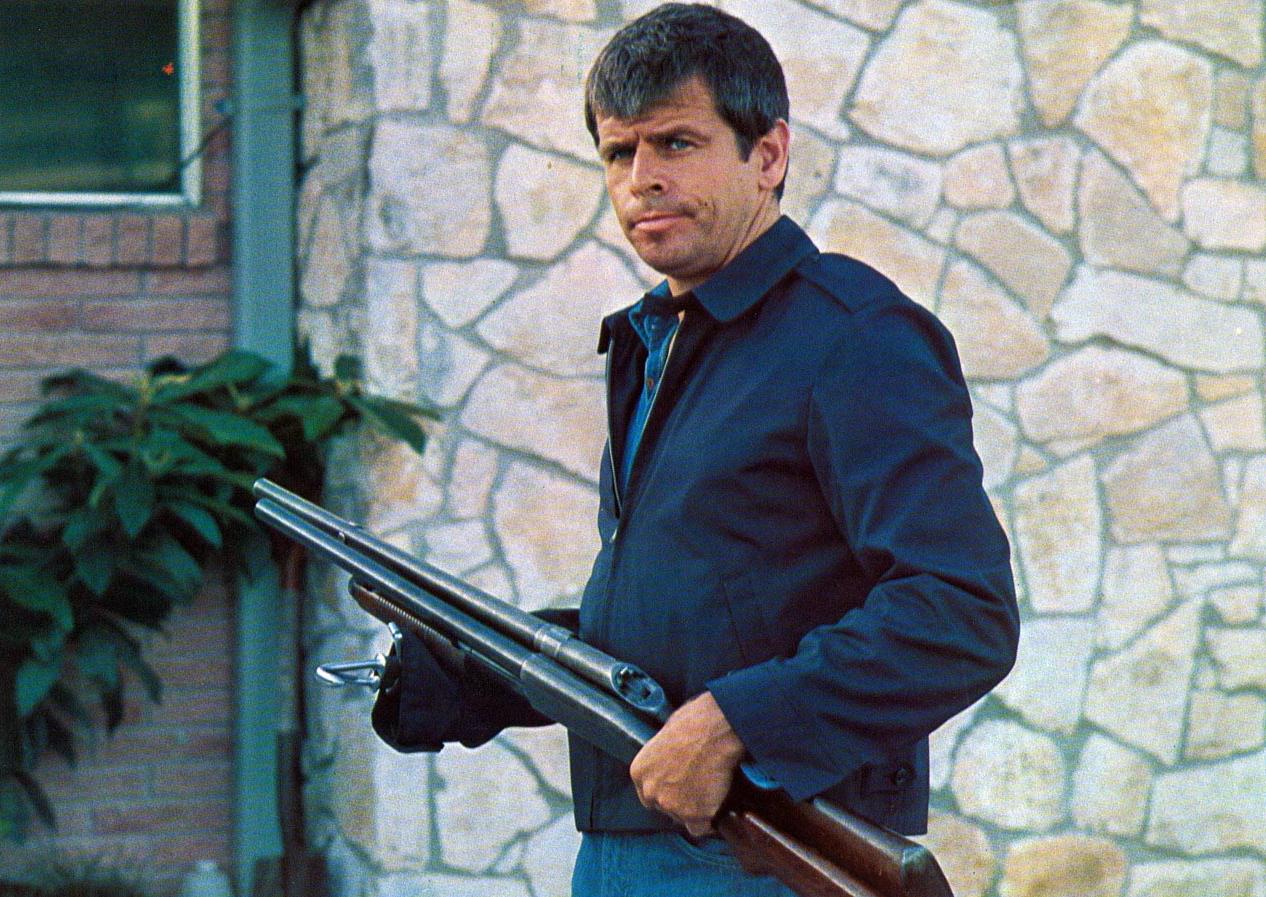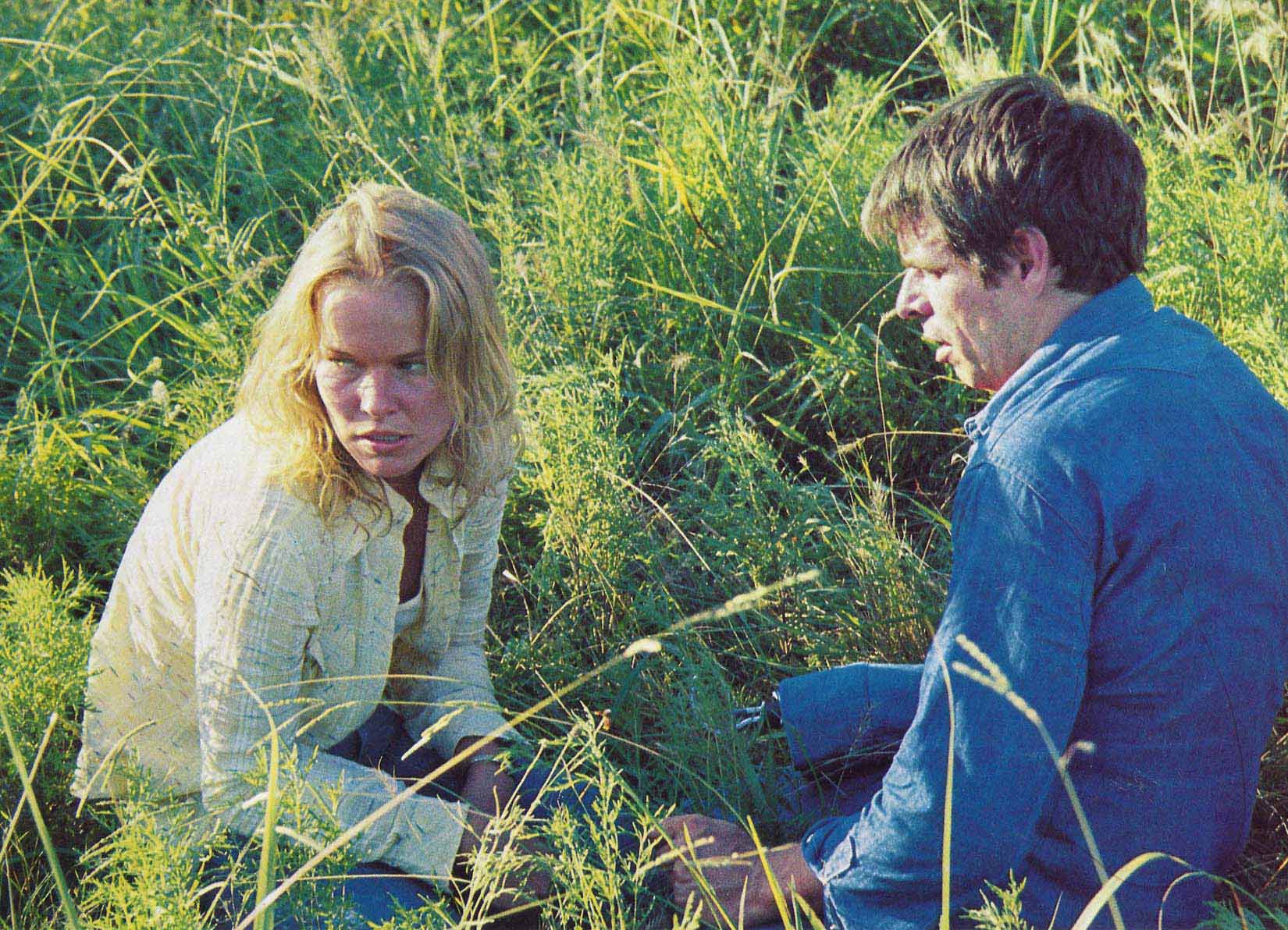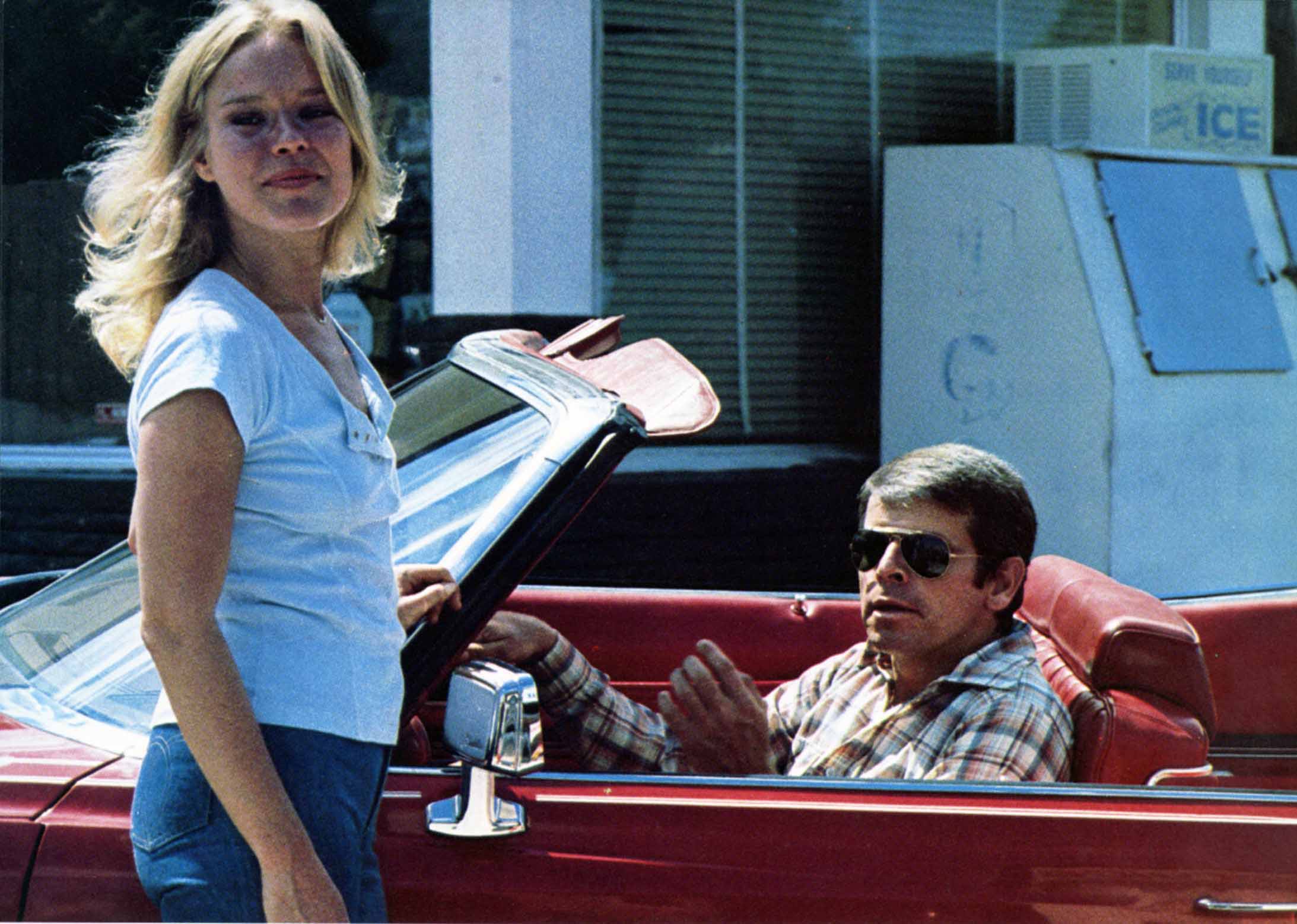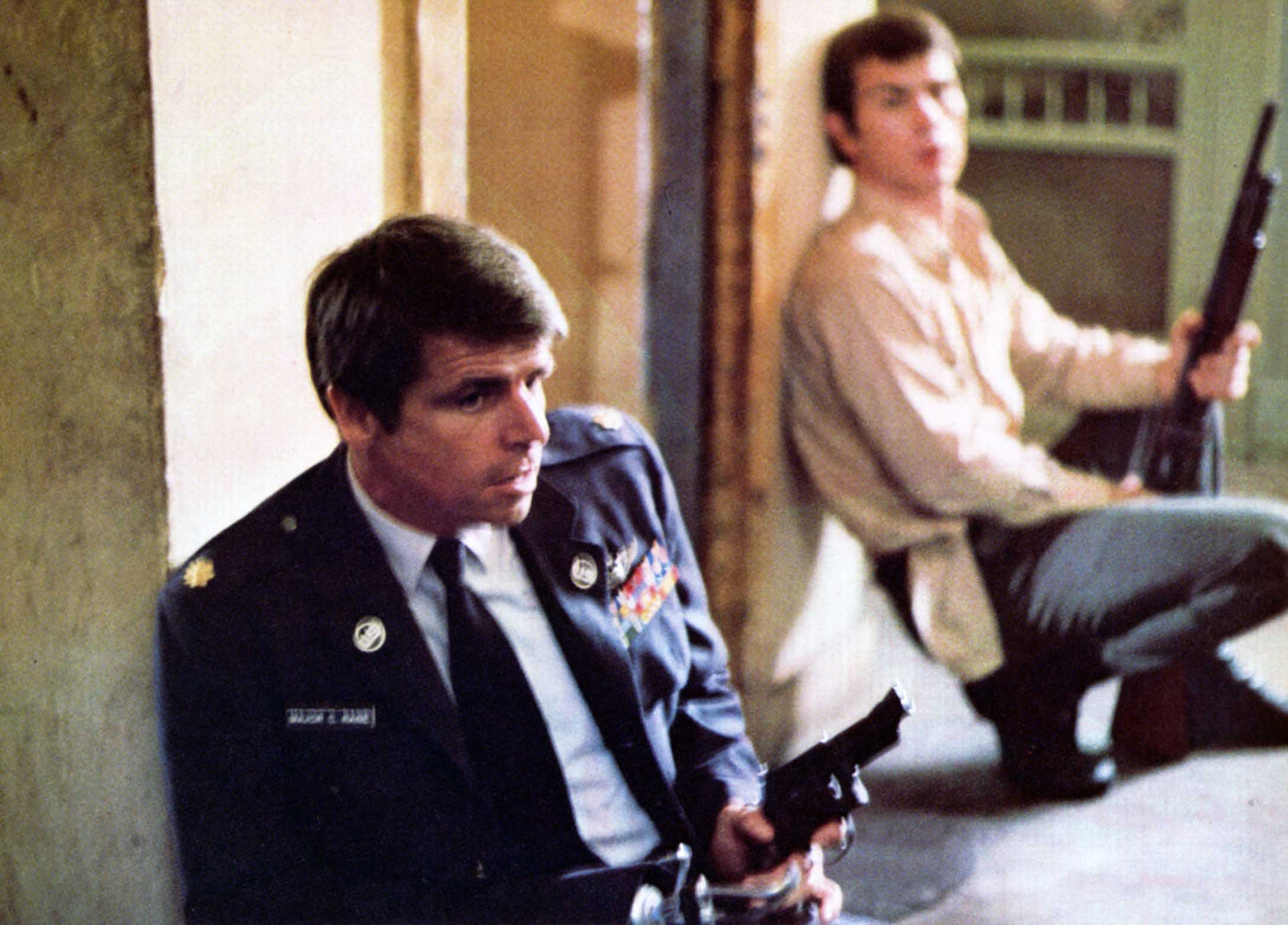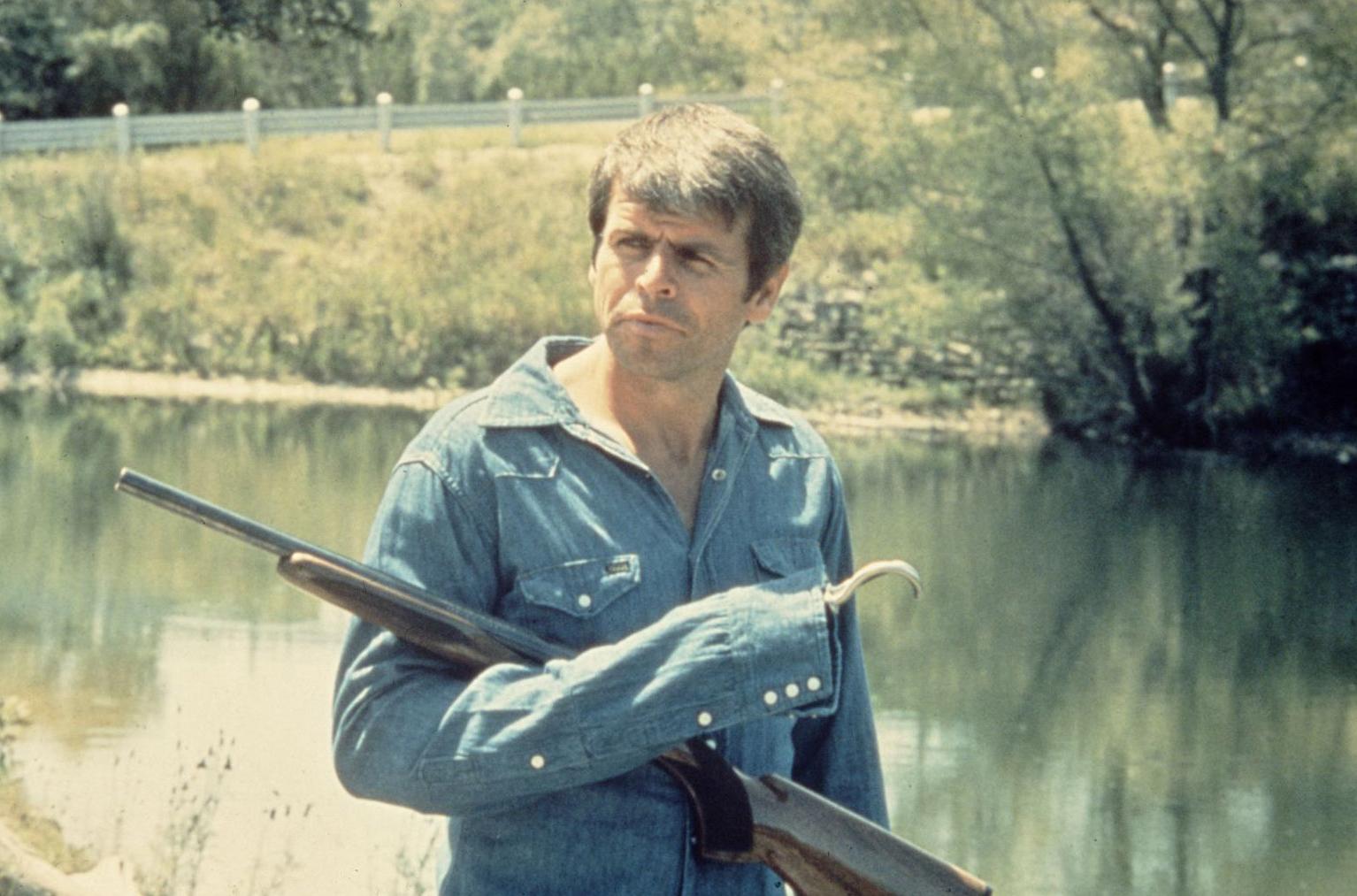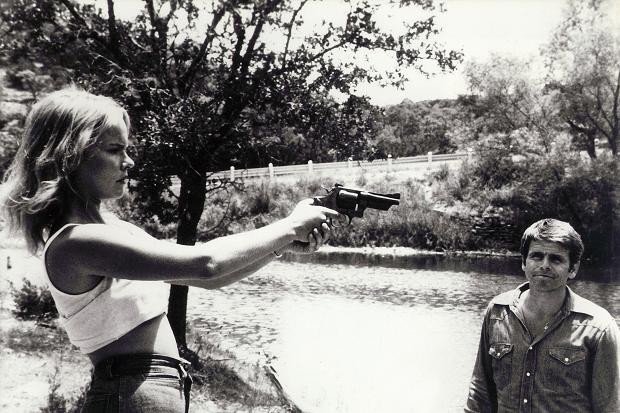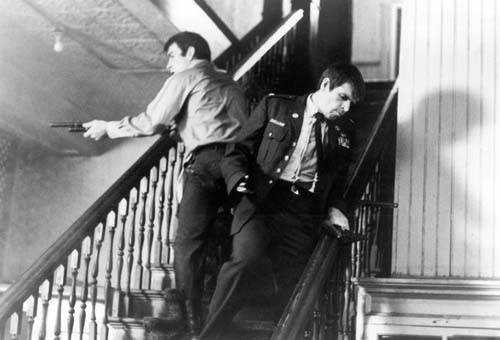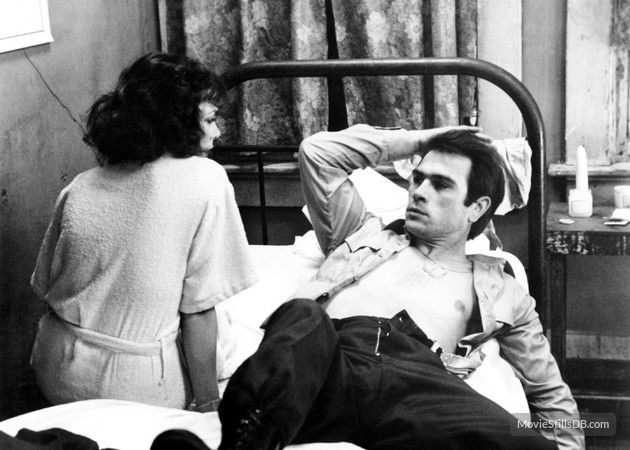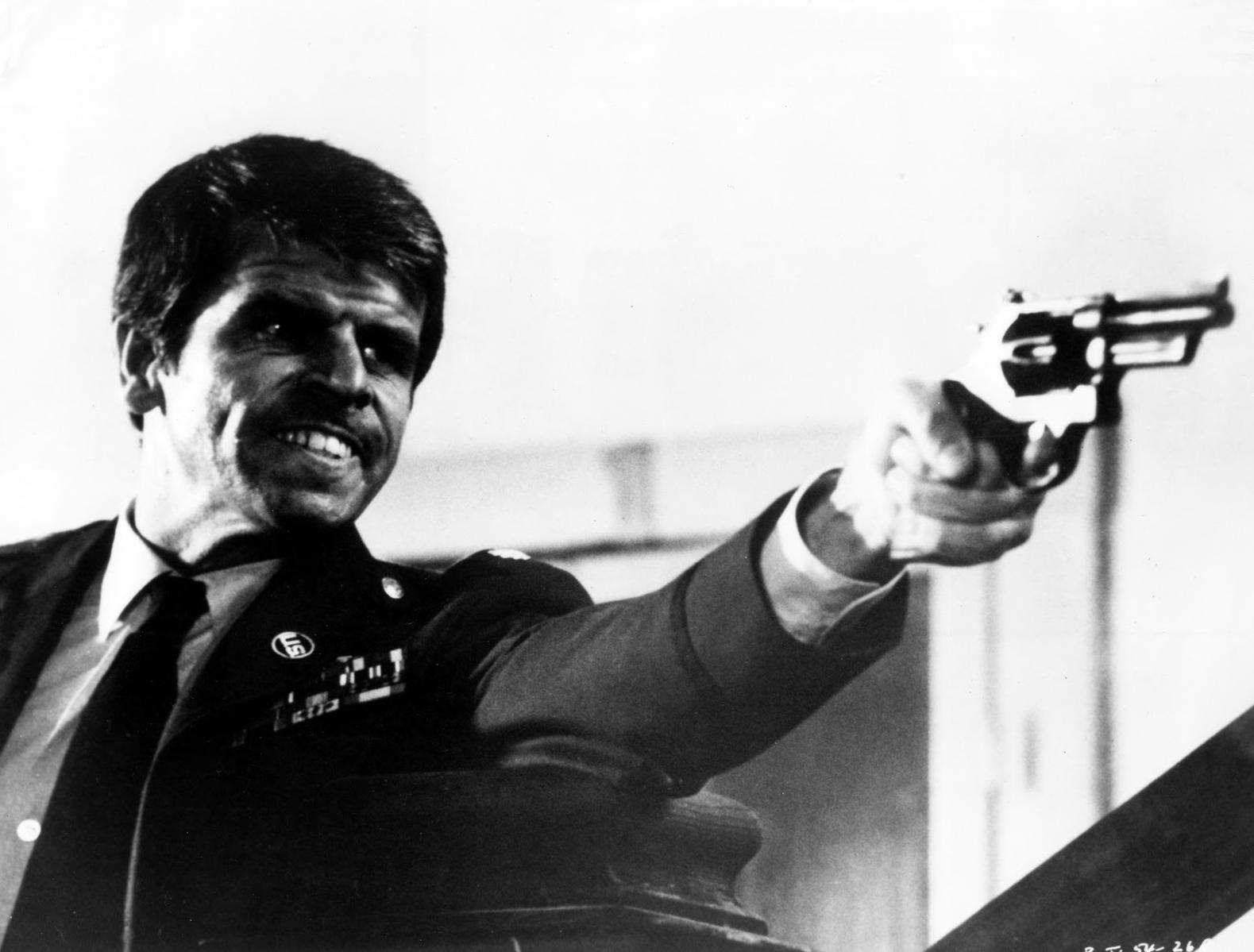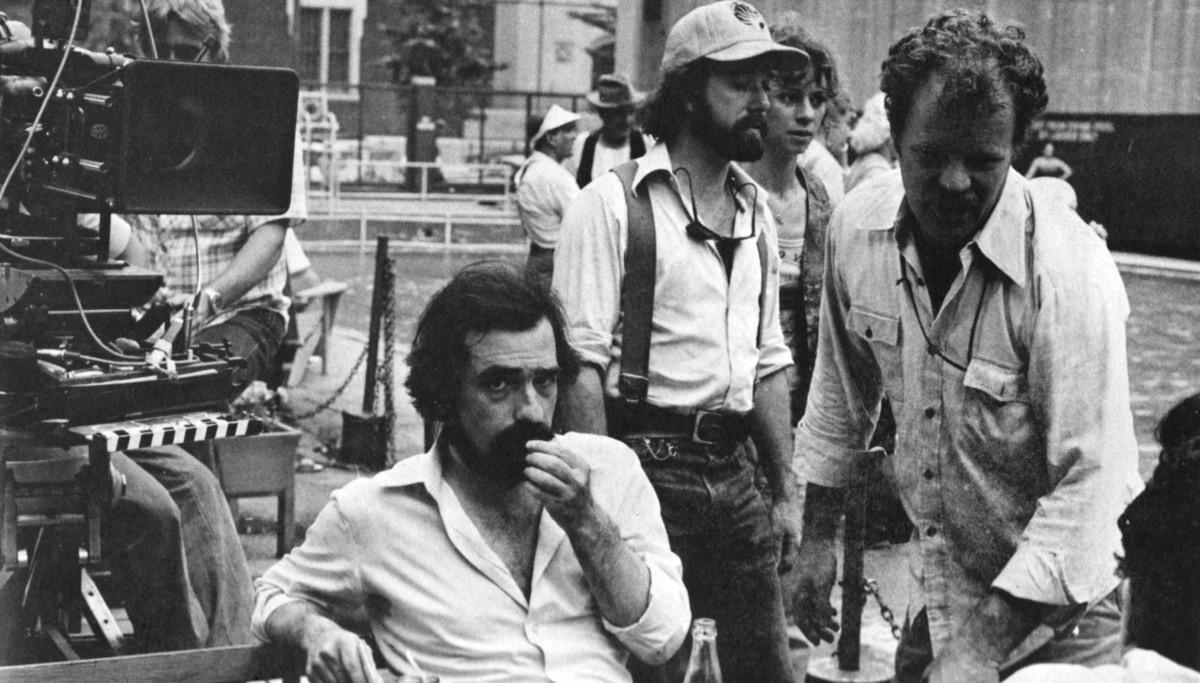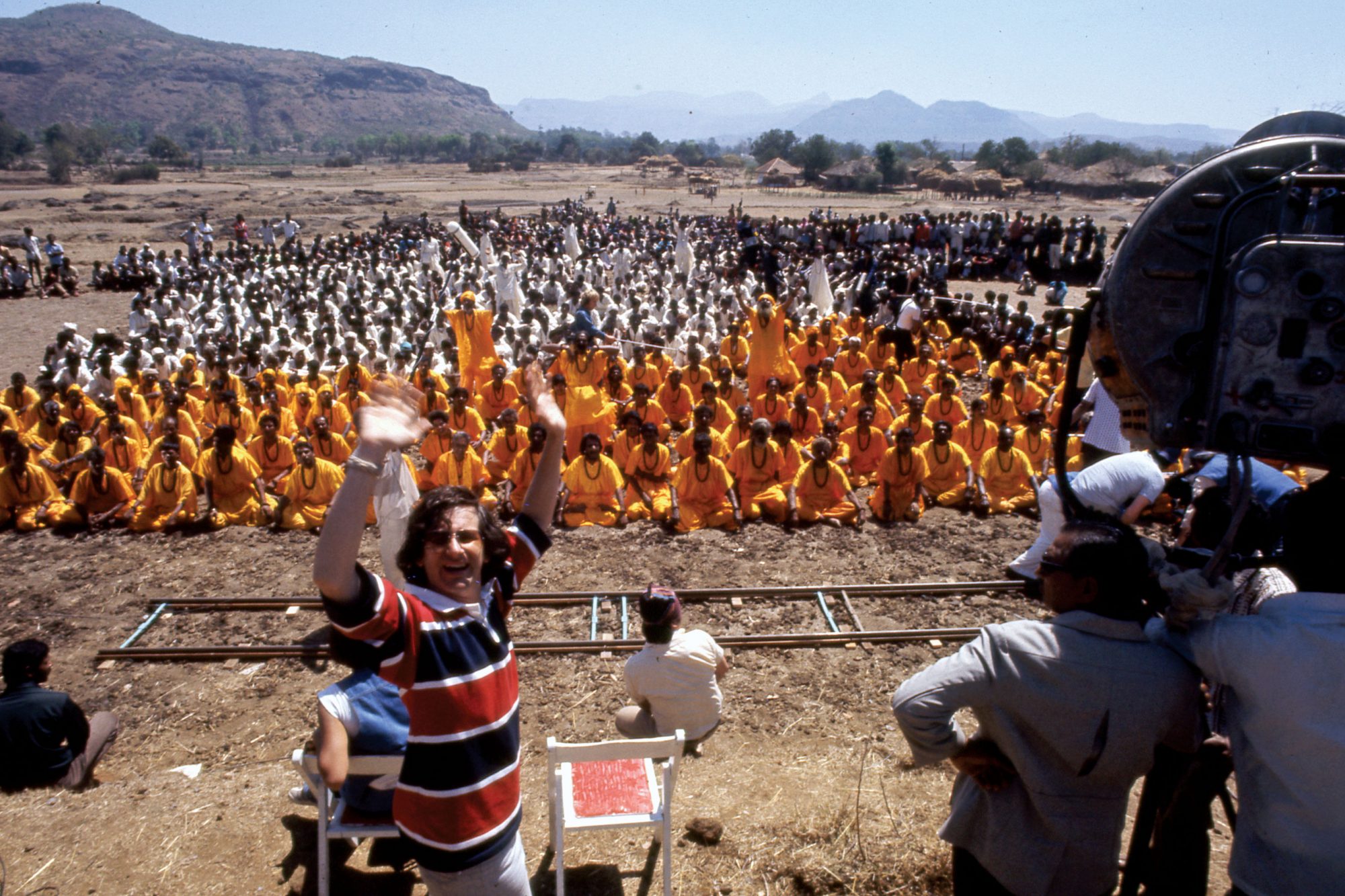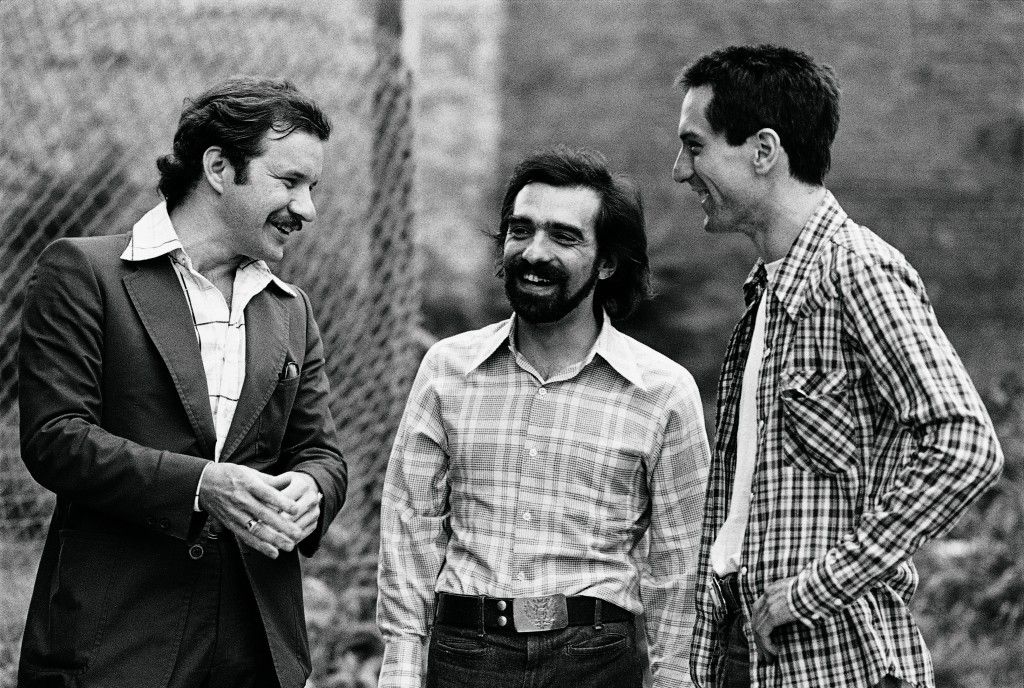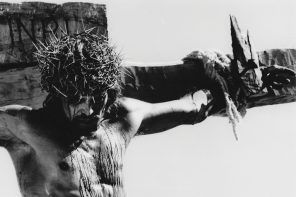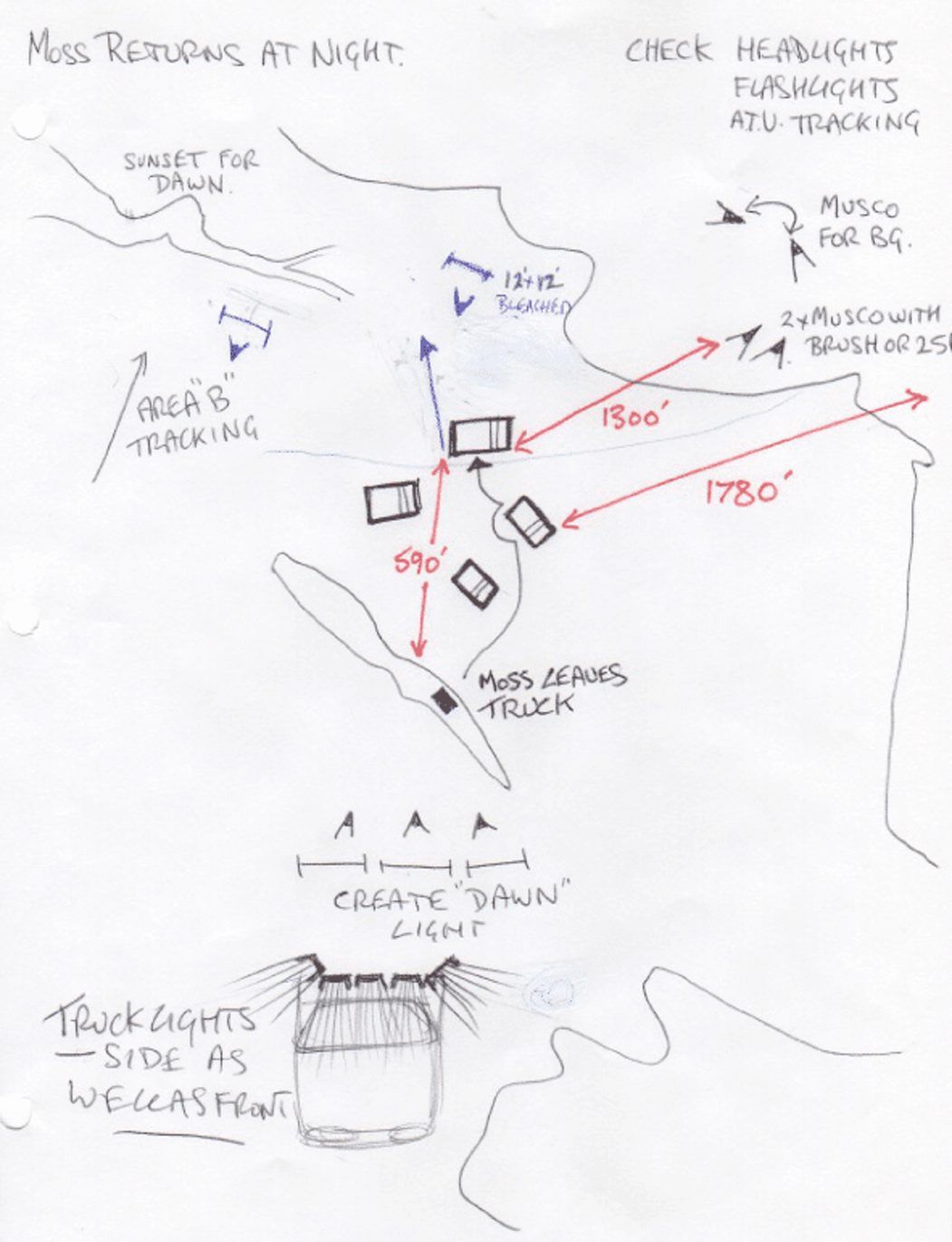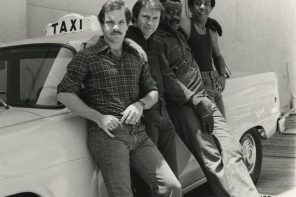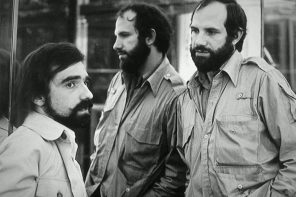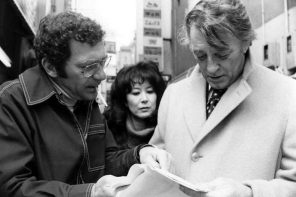If Quentin Tarantino loved a certain movie so much that he named his own production company after it, you might immediately get at least a hunch on what kind of a film we’re talking about. John Flynn’s Rolling Thunder, the 1977 revenge thriller written by Paul Schrader and Heywood Gould, is a blood-drenched exhilarating ride which gives its best, and mostly succeeds, to illuminate the dark state of mind and the inescapable feelings of alienation and loneliness of Vietnam war veterans returning home only to find their families, friends and community seem extremely foreign to them. The film’s protagonist, played by William Devane in what must be the highlight of his career, returns to the United States after years of captivity and struggles to lead a normal civilian life. When his family is murdered by a criminal gang eager to seize the silver coins the government granted him for his service, the man teams up with his equally malfunctioning Vietnam friend (young Tommy Lee Jones) and sets out to exact his ruthless, shotgun-blazing revenge on his foes. After subtly building the atmosphere and carefully developing its characters, in the second half of the film Rolling Thunder becomes a violent revenge film culminating in a massacre in Mexico.
As we said, the screenplay was written by Paul Schrader, enjoying the blissful fallout of his former projects like The Yakuza, Obsession and Taxi Driver, but after Heywood Gould was brought in to do a polished rewrite, the project slipped out of Schrader’s control and, according to Schrader himself, his vision was significantly altered. Instead of a film about fascism, they simply made a fascist film, Schrader wrote. Regardless of his dissatisfaction and the change in tone fueled by Gould’s writing, Rolling Thunder nevertheless remains one of the most impressive films of the era. Tackling the delicate and often inspiring themes of post-Vietnam war depression and alienation, featuring a lead character tragically sliding off the railway of life, Flynn’s film inevitably conjures Taxi Driver in our minds, which can never be a letdown due to the sheer brilliance of Scorsese’s film. Rolling Thunder is definitely worth your time.
A monumentally important screenplay. Dear every screenwriter/filmmaker, read Paul Schrader’s original draft screenplay for Rolling Thunder [PDF]. (NOTE: For educational and research purposes only). The DVD/Blu-ray of the film is available at Amazon and other online retailers. Absolutely our highest recommendation.
 Loading...
Loading...
“You could see Rolling Thunder as a more overtly actionful companion piece to Taxi Driver,” Schrader said. “The critics seemed keen to dismiss it as ‘lightweight’ or ‘mindless,’ but Rolling Thunder was able to explore things we didn’t touch on in Taxi Driver—the flashbacks to Devane’s time in captivity, for example. And the scene where Devane ask his wife’s new fella to tie him up the way the Viet Cong used to, I don’t think that’s something you’d get in your standard ‘mindless’ action movie.” Concluding with a gun fight that is every bit as compelling as Taxi Driver‘s denouement, Rolling Thunder‘s content upset everybody from preview audiences to the studio that bankrolled it, 20th Century Fox. “Fox were so disturbed by the violence,” Schrader said. “They’d seen films like Taxi Driver and were aware that motion pictures were moving in that direction, but when they saw what they’d paid for, they couldn’t get rid of Rolling Thunder quickly enough.” In the end, the film was picked up by Roger Corman’s bargain basement American International Pictures. —The author of Taxi Driver and Raging Bull discusses cult favourite Rolling Thunder
Also scripted by Schrader, Taxi Driver’s Southwest-set twin brother, Rolling Thunder, reached drive-ins in 1977. Revised by Heywood Gould and directed by no-frills genre utility man John Flynn, the final product has been effectively disowned by Schrader, who dismisses it as a ‘fascist film’—though those are the words of the arrived artist, with reason to deny downmarket ties. Schrader has preferred to discuss Taxi Driver’s other influences, the Diaries of a Country Priest, an Underground Man… and Arthur Bremer, the assassin who shot George Wallace, an incident echoed when Bickle haunts the public speaking engagements of presidential hopeful Senator Palantine. Marrying grindhouse seediness to auteur virtuosity, Schrader and Scorsese introduced a cinematic sick-soul sordidness previously ghettoised to Times Square fleapits to a wider public—literally taking the viewer inside some of those fleapits, like the long-defunct Lyric Theater on 42nd St. A nerve was struck: “Are you talkin’ to me?” Bickle famously asked and, for many, Taxi Driver was. —How to tell a true war story: from Taxi Driver to Cutter’s Way
JOHN FLYNN: OUT FOR ACTION
by Harvey F. Chartrand
In several interviews, superstar director Quentin Tarantino has praised Rolling Thunder, a powerful revenge drama—now considered a classic thriller. How did critics and the public respond to Rolling Thunder when it was first released in 1977?
JF: We almost got killed when we previewed Rolling Thunder in San Jose! People were shocked by the extreme violence, especially the scene where a hand is ground up in a garbage disposal unit. Paul Schrader’s script was reworked by a very fine writer—Heywood Gould. Back then, they were priming William Devane to be a big movie star. He is a wonderful actor, but he never became a star. Tommy Lee Jones was sensational in this picture. Rolling Thunder was his breakthrough film. Linda Haynes was extraordinary. Today, she is a legal secretary in Florida. I saw her when I was shooting Scam there in ‘93.
We shot Rolling Thunder in San Antonio, Texas, in 31 days. We knew we were doing something fairly bold. The producer, Lawrence Gordon, told me to shoot the garbage disposal scene like open-heart surgery, make it as bloody as I possibly could. So I did. When we submitted Rolling Thunder to the MPAA (Motion Picture Association of America) for a rating, we expected deep cuts, but the censors passed uncut one of the most violent movies in the history of film. Rolling Thunder was given an R rating! Fox wanted to cut out all the violence and release Rolling Thunder to 42nd Street theatres, so Larry Gordon took it to Sam Arkoff at American International Pictures. Arkoff bought it from Fox and released it almost uncut. He made one little trim in the garbage disposal scene. —John Flynn: Out For Action
Tommy Lee Jones, Williams Devane, and screenwriter Heywood Gould all give their thoughts on Rolling Thunder.
Here are several photos taken behind-the-scenes during production of John Flynn’s Rolling Thunder. Courtesy of Everett Collection; MGM Home Entertainment.
Get Cinephilia & Beyond in your inbox by signing in

